Best Mythical Creatures of Japan: Water Edition

Tokyo Terry
Posted on February 27, 2023
Share:
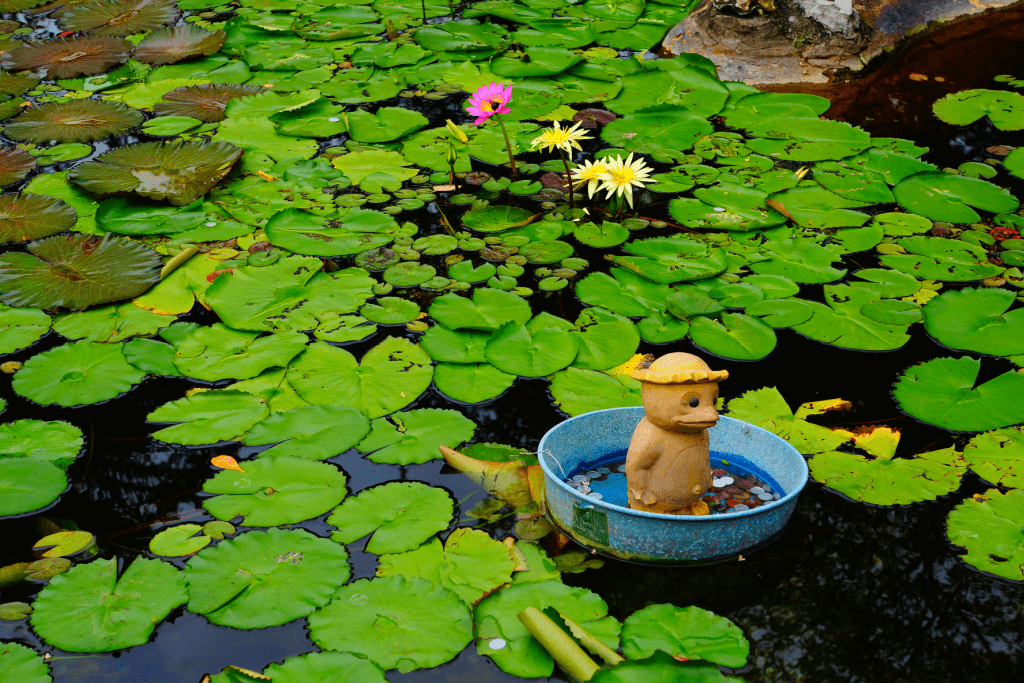
Mythical creatures of Japan play an essential role in the country’s history and folklore. From yokai to feminine creatures, they are colorful backdrops to common legend. Here, we will take a closer look at mythical creatures that rule over the element of water.
What are the stories behind mythical creatures of Japan?
Shinto is the most popular religion in Japan, and the concept of Godai is an integral part of the Japanese religion’s philosophy. Godai means “big great” and refers to the five elements found in nature – earth (chi), water (sui or mizu), fire (ka), wind (fu), and void (ku).
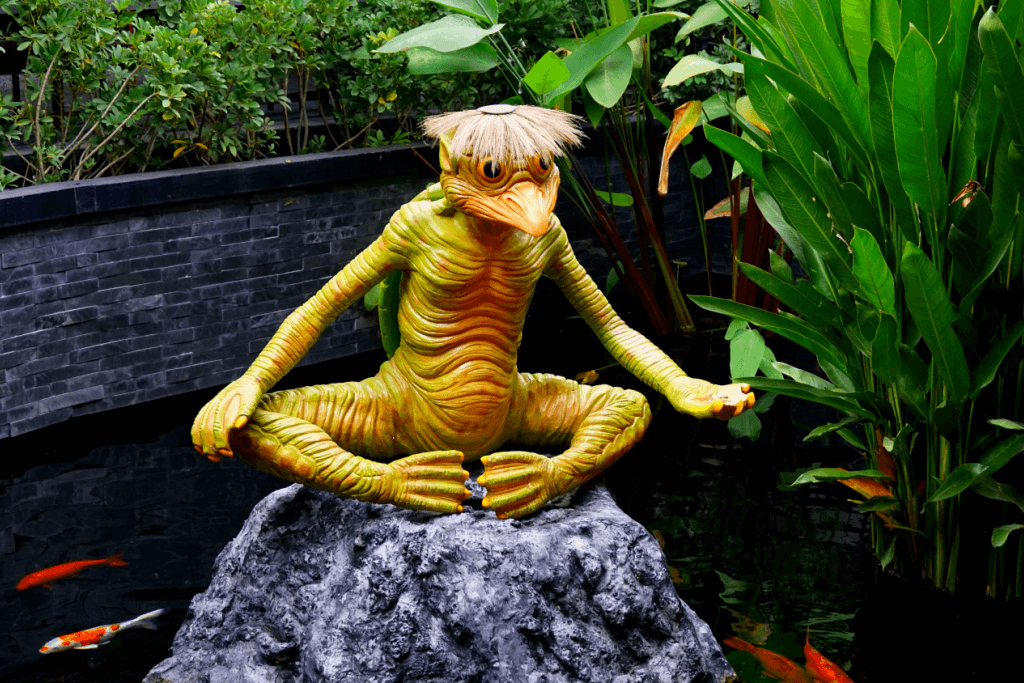
They are the “Five Great Elements” and have become a part of almost every aspect of Japanese culture, ceremonies, food, and folklore. The philosophy states that everything in the universe comprises these five elements.
The ancient roots of the Shinto religion also propose that people, animals, objects in nature, and even nature itself can all have spirits (kami). Understandably, many of the creatures in these legends are associated with one specific element, especially when that element is as present and essential for life as water.
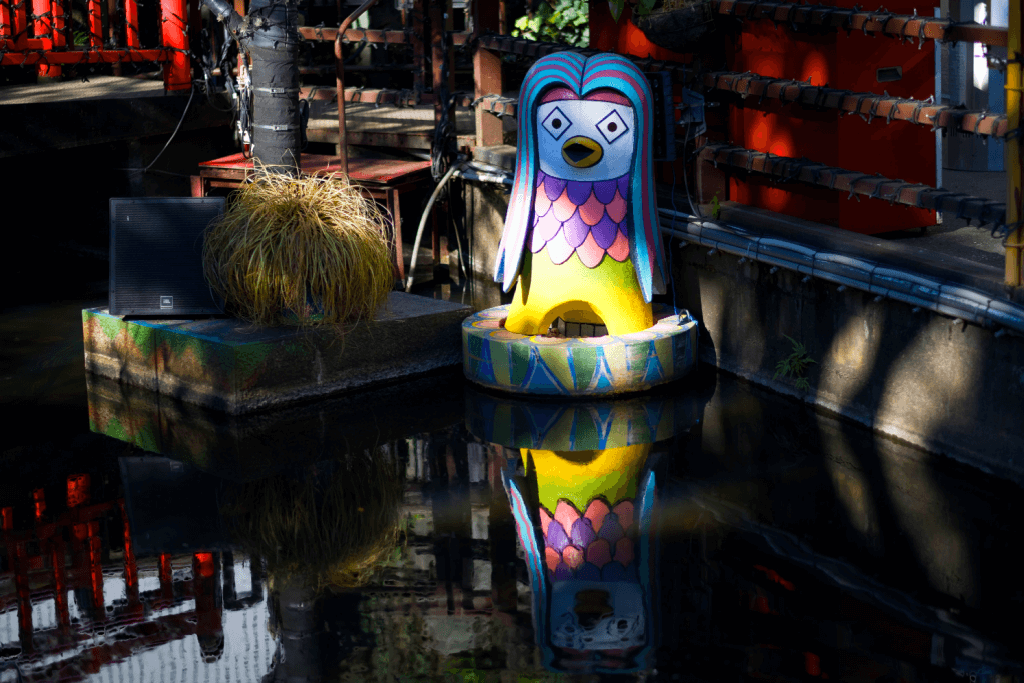
In Japanese culture, water represents the formless things in the world. It can have many shapes and forms, much like the mythical creatures of Japan associated with it. Also, like water, these beings can be helpful or harmful. Unsurprisingly, so many of them rule over with water in Japanese folklore.
Are you interested in experiencing even more of traditional Japan? Check out Sakuraco! Sakuraco delivers traditional Japanese snacks, teas, sweets, and snacks from local Japanese makers directly to your door so you can enjoy the latest treats from Japan!
Suijin
Suijin means “water god” and is the general term for spirits found in or around water. Rain and access to water were even more important to people in ancient times as they lacked any of the conveniences of our modern lives. It was natural for farmers and fishermen to have a being that could help them daily.
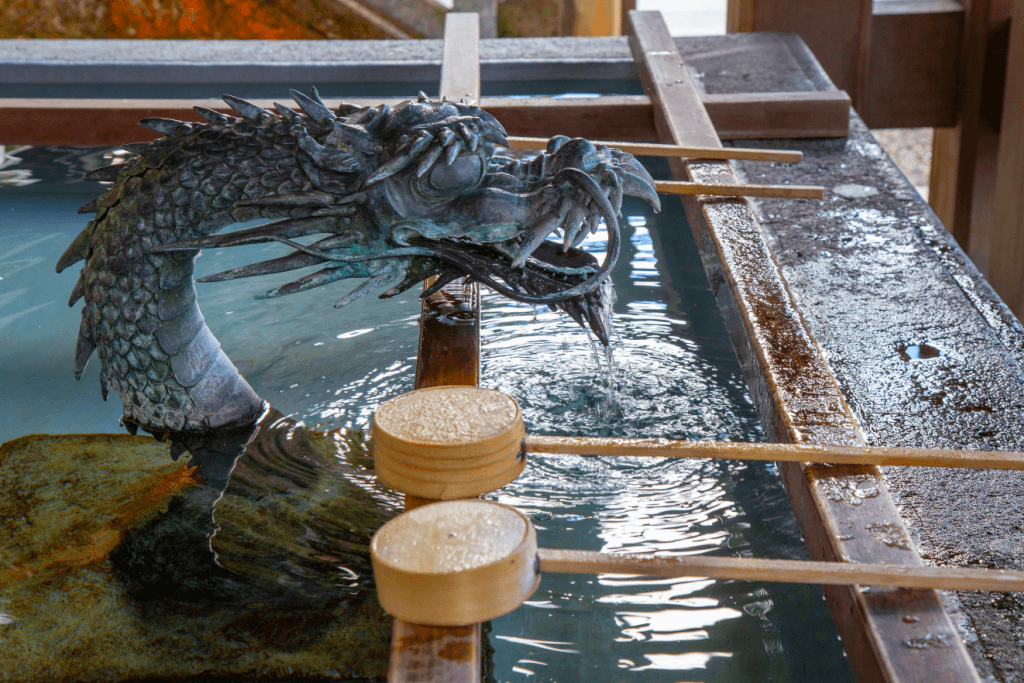
Suijin often takes the form of a dragon, and carved statues of this spirit are still on the ceremonial wash basins (temizuya) at the entrance to shrines. They are even near rice fields, dams, or canals that carry water to agricultural land.
Fishermen also have a relationship with this deity. Making offerings to this kami ensures a good water supply, protects fishermen from accidents at sea, and ensures a good catch. The kappa is probably the most well-known Suijin and is a prime example of a hybrid creature prevalent in Japanese folklore.
Ryujin
This giant sea creature goes by many names. Formally, it is known as Owatatsumi no kami, or “great sea spirit,” or “Watatsumi” for short. With the body of a dragon and bearded face of a man, it is also sometimes referred to as Ryujin-shinko, the “dragon king” or “dragon god”. Unlike some minor water spirits, Ryujin is a true god in mannerisms and abilities.
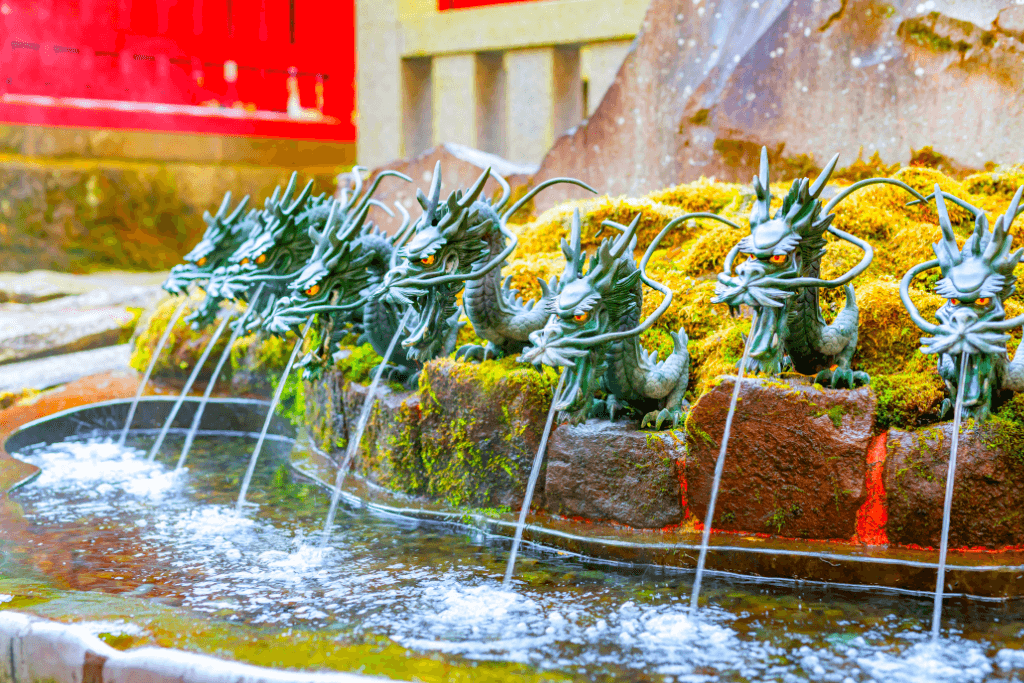
The dragon king represents the ocean’s power from his castle beneath the sea. He also means a lake in the shadow of an extinct volcano. He controls rain, thunder, currents, waves, and tides as the guardian of the sea. From his kingdom, he sends snakes over the land to the outside world to gather news and inform him of happenings in the earthly realm.
Suijin still has shrines throughout Japan due to his perceived power over the sea. Fishing communities, where the sea is essential, ask him to protect their sailors and fishermen. He is an angry god who protects his followers and destroys his enemies. According to legend, Ryūjin caused typhoons, which twice prevented Kublai Khan and his Mongolian fleet from invading Japan.
Umibozu
Umibozu also lives in the seas surrounding Japan. However, unlike the regal “dragon god,” there is no shrine where one can pray for favor. Umibozo are true monsters (yokai). They strike without warning or reason, and their only aim is to destroy. As with the kappa, a sailor’s only hope is to resort to trickery to escape; the creature demands barrels of goods from the ship’s cargo in return for safe passage.
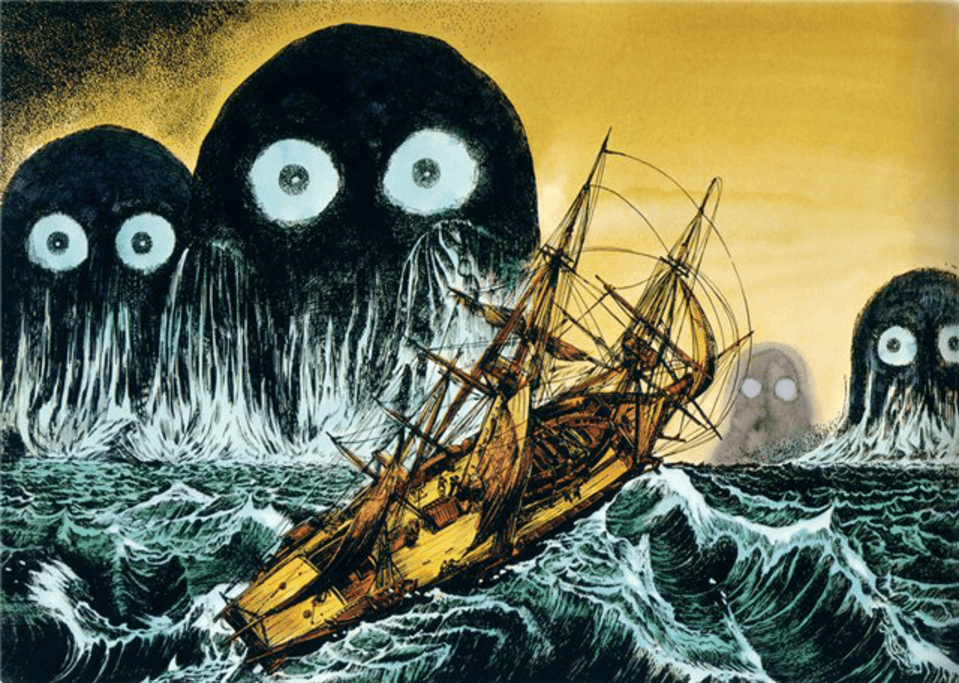
Nevertheless, the monsters will destroy the vessel, regardless of the offerings. The sailors can only give it some barrels with no bottoms and try to escape while the sea demon ponders the situation. If the ship is lucky, it can get far enough away before the Umibozu discovers the deception, becomes enraged, and drowns every person on the boat.
Umibozu are enormous, hairless creatures that resemble humans. They have eyes that glow brightly in the dark. They appear when the sea is unusually calm but quickly cause the ocean to become dangerous. For this reason, umibozu is associated with bad weather, such as storms and tidal waves (tsunamis). The demon usually appears at night when visibility is poor.
Funayurei
Umibozu may have another goal; the creation of Funayurei. The name means “boat spirit.” These water demons are the ghosts of people who have died at sea. Dismayed by their fate, they seek others to join them. They return to the world of the living to seek revenge. Particularly popular in the Yamaguchi and Saga Prefectures, they have appeared in Japanese folklore since the Edo period.
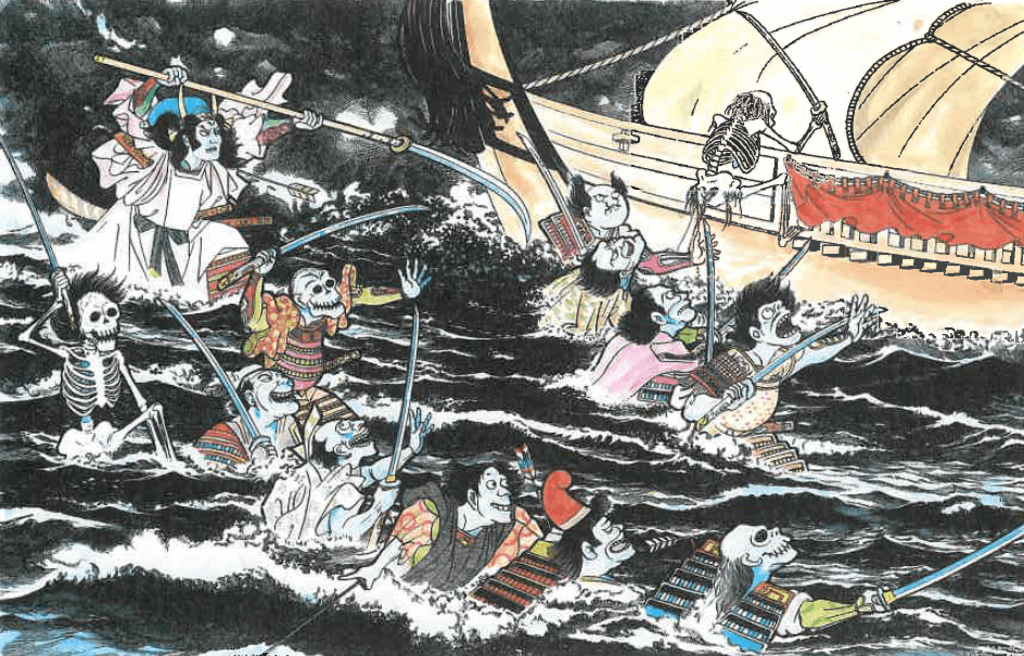
Funayurei haunts sailors on foggy, stormy nights when the moon is full. They emerge from the ocean or rivers and climb over the ship’s sides to frighten sailors and sink their ships. Alternatively, they may attempt to scare the sailors until the boat departs from the usual course, causing it to crash into rocks.
These spirits sail ghost ships to harass other boats. Like their creator, the Umibozu, they have no shrines, so sailors throw offerings like food, flowers, or incense into the sea, hoping to calm the restless ghosts. If the sailors fail to do so, they join the Funayurei to wander the ocean in search of victims forever. Did you know about these mythical creatures of Japan that rule over water? Let us know in the comments below.

Discover authentic flavors with Sakuraco
Get Sakuraco 

Discover authentic flavors with Sakuraco
Get Sakuraco 
Related Articles
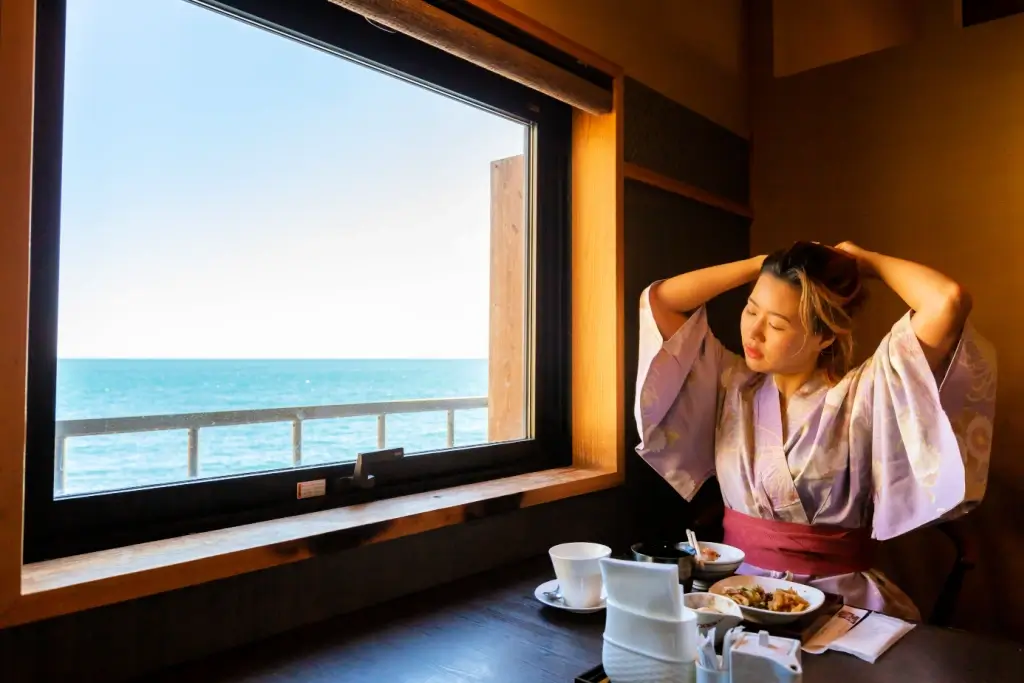
Hotels in Japan: Best Ones to Visit!
Japan is packed with hotels that promise unforgettable experiences, blending world-class service, jaw-dropping views, rich history, and a dash of the country’s unique traditional flair!
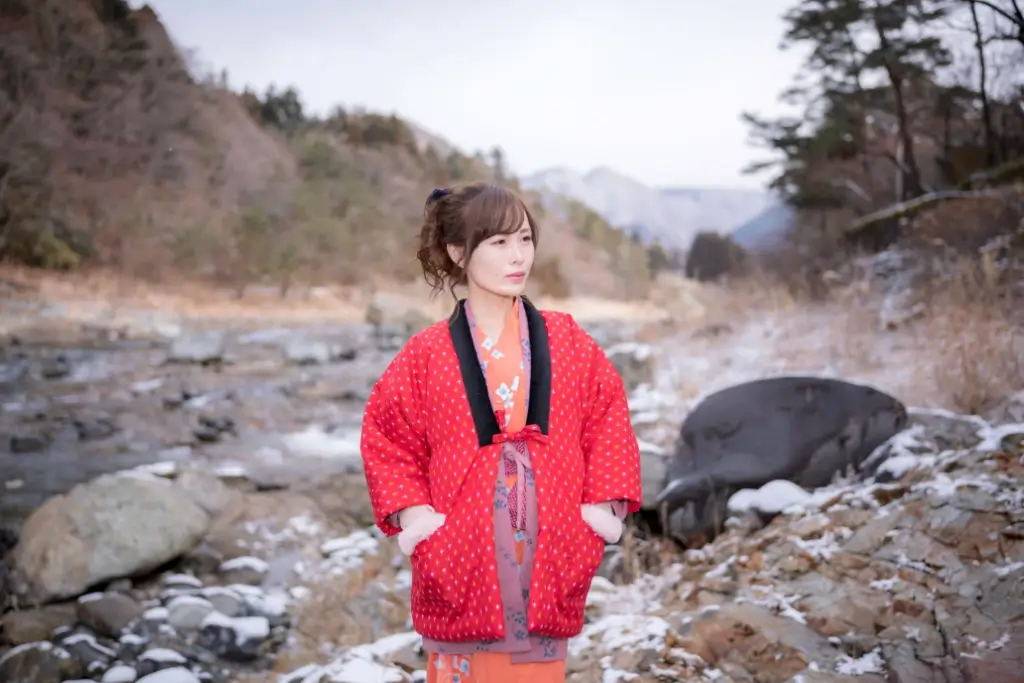
Hanten: The Ultimate Winter Coat from Japan!
Hanten, offer practicality and are symbols of traditional Japanese fashion, alongside the famous kimono. Join us as we explore hanten and some other beloved Japanese winter jackets!

What is a Japanese Wedding Like? A Look Into Shinto Rituals
A Japanese wedding is a beautiful example of how the country combines ancient rituals with modern influences. A traditional ceremony often revolves around Shinto practices, symbolizing purity, harmony, and good fortune. But, over time, couples in this country have also embraced Western weddings.

Japanese Calendar: What Are Microseasons?
The Japanese calendar includes many beautiful events, some popular globally and others less known. Kō (microseasons) were once celebrated but replaced by Western seasons



